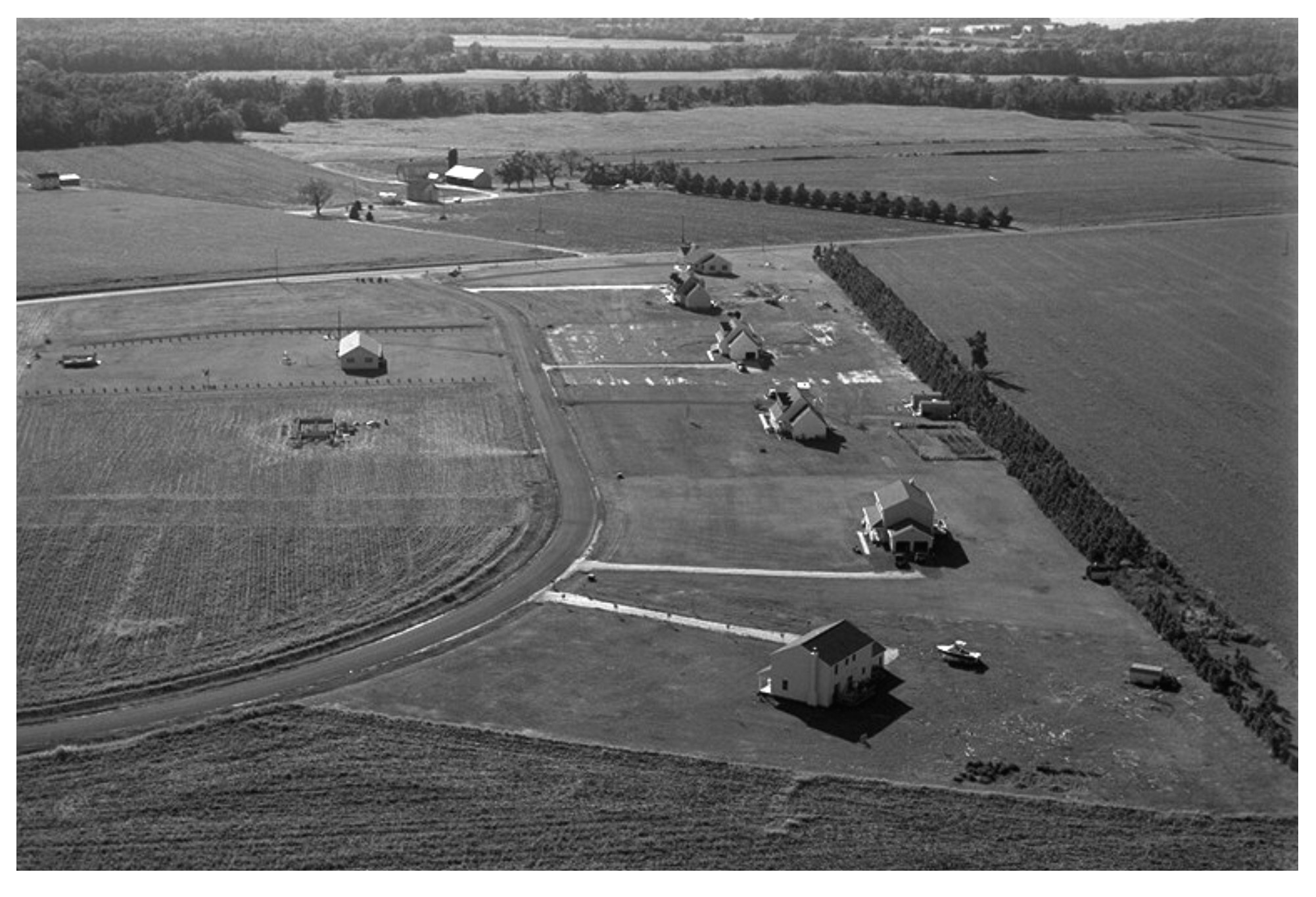Assessing Projected Capacity Needs over the Planning Period
The land use element of the comprehensive plan identifies existing and proposed growth areas for the planning period, typically 20-25 years into the future, and defines desired development characteristics for each land use category (e.g., agriculture, residential, commercial). Using these development characteristics and the likely zoning and subdivision requirements that will codify them, a local government should calculate the potential demand for water and wastewater capacity throughout their jurisdiction. MDP can provide assistance in carrying out this development capacity analysis.

The development capacity calculations should be compared to MDP's countywide population projections for the next 25 years, which are done in a cooperative regional forecasting process for central Maryland counties and with local input for the remaining counties.
Projected demand from population forecasts and the development capacity numbers should be compared with both existing available water and wastewater infrastructure capacity, and the future ability of the existing water resources to provide water supply and assimilative capacity. From these two points, a local government can estimate potential additional infrastructure and water resource needs over the planning period based on both population projections, and the development capacity of proposed land use and zoning categories. For municipalities, this calculation should also consider the proposed growth areas identified in the municipal growth element (MGE). Counties should also consider municipal growth areas and work with municipalities to eliminate any double counting in these areas.